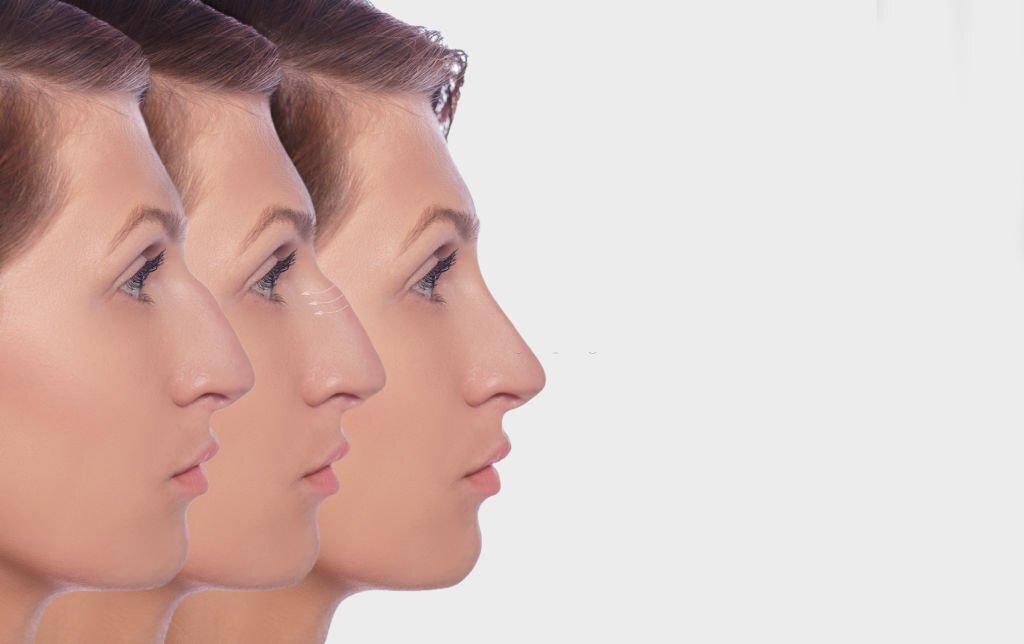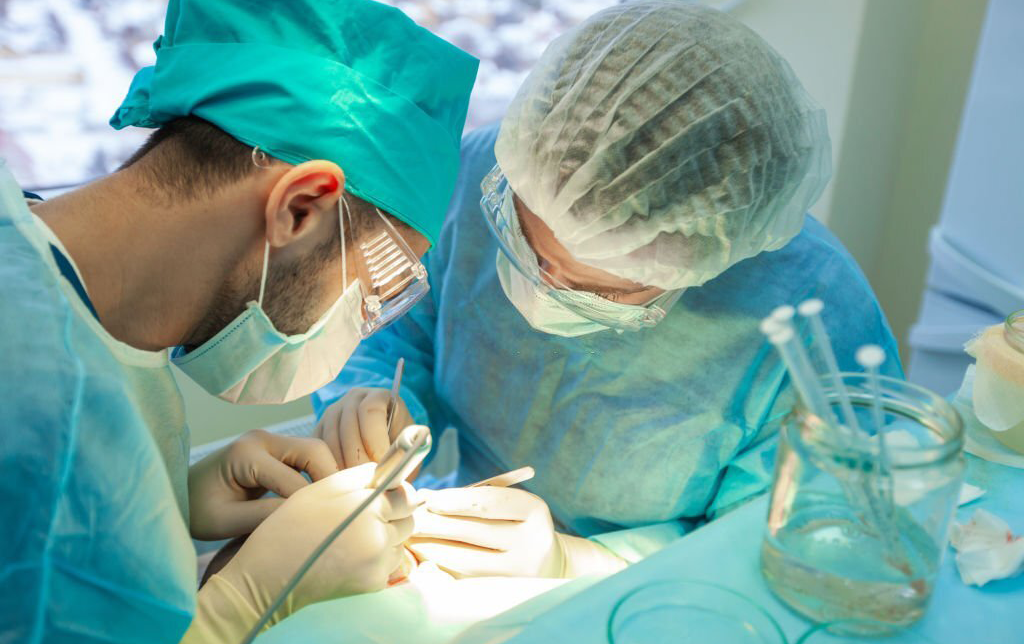Blogs

Comprehensive Care for Cleft Lip and Palate: Restoring Function, Aesthetics, and Well-Being
Cleft lip and palate are among the most prevalent congenital deformities affecting the face and skull, presenting complex challenges that impact functional, aesthetic, and psychological aspects of a person’s life. These conditions arise when the tissues that form the lip and palate fail to fuse properly during fetal development, resulting in an opening or gap that can vary in severity. Addressing cleft lip and palate requires a multidisciplinary approach to ensure the best possible outcomes for affected individuals.
Understanding Cleft Lip and Palate
Cleft lip and palate occur due to developmental defects, where the tissue structures of the lip and palate do not fuse correctly. The severity can range from a small notch in the lip to a large gap extending into the nose and affecting the palate. These deformities can be associated with various other craniofacial issues and syndromes, complicating treatment.
Causes and Risk Factors
The exact cause of cleft lip and palate is not always clear, but several factors can contribute to their development, including:
– Genetic Factors: Family history can play a role in the likelihood of cleft lip and palate.
– Environmental Factors: Maternal smoking, alcohol consumption, certain medications, and nutritional deficiencies during pregnancy can increase the risk.
Associated Deformities and Syndromes
Cleft lip and palate may be accompanied by other craniofacial deformities and syndromes, further complicating treatment:
– Facial Bone Deformities: Asymmetry in the jaw and midface can affect tooth alignment and overall facial structure.
– Skull Deformities: Conditions like craniosynostosis, where skull sutures close prematurely, can result in an abnormal skull shape and increased intracranial pressure.
– Deformities of the Orbit, Ear, and Nose: Conditions such as Hemifacial microsomia (underdevelopment on one side of the face), Crouzon’s syndrome (premature fusion of skull bones), and Hypertelorism (abnormally wide-spaced eyes) can accompany cleft lip and palate.
Treatment Approaches
Addressing cleft lip and palate involves a comprehensive treatment plan that includes surgical repair, orthodontic treatment, speech therapy, and psychological support. Here’s how each component contributes to the overall care:
- Surgical Repair
– Initial Surgery: The primary surgery to repair a cleft lip is typically performed within the first few months of life, while cleft palate repair is usually done before the child is 18 months old. These surgeries close the gaps in the lip and palate, aiming to restore normal function and improve facial appearance. Multiple surgeries may be needed as the child grows.
- Orthodontic Treatment
– Managing Dental and Jaw Alignment: Orthodontists use braces, palate expanders, and other devices to address misaligned teeth and jaws, ensuring proper bite and function.
- Speech Therapy
– Improving Communication Skills: Children with cleft palate may experience speech difficulties due to the gap affecting airflow through the mouth and nose. Speech therapists help develop proper speech patterns and improve communication skills.
- Psychological Support
– Addressing Emotional and Social Impact: The psychological impact of cleft lip and palate can affect self-esteem and social interactions. Counseling and support groups provide essential emotional support for children and their families, fostering a positive self-image and coping with the emotional challenges.
- Advanced Reconstructive Techniques
– Bone Grafting and Tissue Expansion: For severe deformities, techniques such as bone grafting, tissue expansion, and distraction osteogenesis (gradually lengthening bones) may be used to reshape facial bones, correct asymmetries, and enhance overall facial harmony.
Challenges and Considerations
Treating cleft lip and palate involves addressing several challenges:
– Timing of Interventions: Early surgeries aim to improve feeding and speech development, while later procedures focus on refining appearance and function.
– Tailored Treatment Plans: Each patient’s plan must be customized based on the severity of the deformities, associated conditions, and overall health.
– Long-Term Follow-Up: Ongoing care is crucial, as patients may require multiple surgeries and continuous monitoring throughout their lives to address emerging issues and ensure optimal quality of life.
Cleft lip and palate are intricate congenital deformities requiring a holistic, multidisciplinary treatment approach. By addressing functional, aesthetic, and psychological needs, healthcare providers can significantly improve the lives of those affected. Early intervention, comprehensive care, and ongoing support are key to achieving successful outcomes and helping individuals lead healthy, fulfilling lives.
Popular Posts

Nose Surgery (Rhinoplasty)
Nose reshaping (rhinoplasty or a "nose job") is an operation to change the shape or size of the nose...

Best Hair Transplant Doctor In Nagpur Location
Saundarya City Uses Modern techniques have enabled advanced methods for surgical hair transplants that can help restore lost hair...



 Book an Appointment
Book an Appointment